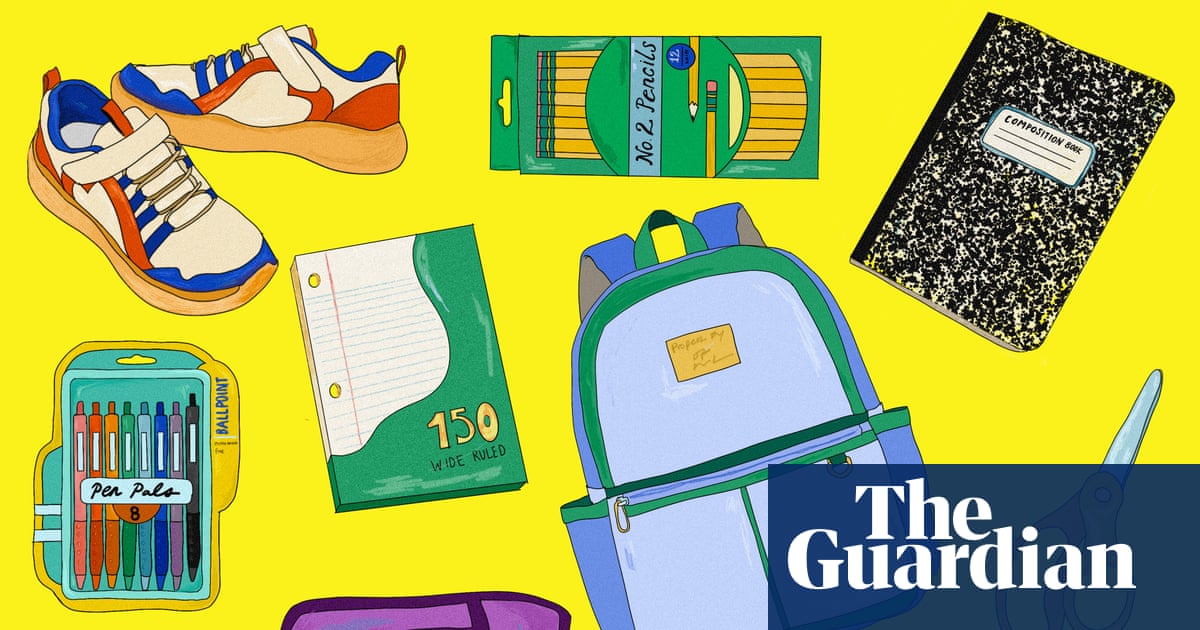Summer is drawing to a close and as parents and children get ready for a new school year, their first lesson will be in economics.
Most of Donald Trump’s tariffs went into effect at the beginning of August. We are still waiting on a deal with China. But with school supplies so dependent on imports, consumers have been anxiously waiting to see how tariffs will affect the prices they see in stores.
A survey from the National Retail Federation (NRF) found that 12% more parents started back-to-school shopping earlier this year compared with last year, largely because of concerns over tariffs, and 72% of parents expect higher prices this year.
The NRF estimated the total expected spending for back-to-school shopping, from new clothes and electronics to pencils and paper, will total $39.4bn – the second highest on record, after 2023. Families with kids in kindergarten through 12th grade are budgeting, on average, $874.68 for everything they need for the year.
It’s still unclear exactly how much Trump’s new tariffs will affect prices. Companies have the power to increase prices as much as they want, but at the risk of losing customers to competitors.
“There’s a lot happening behind the scenes, like importers trying to renegotiate with their foreign suppliers, they’re trying to get their foreign suppliers to absorb some of the costs, they’re trying to absorb costs themselves,” said Sarah Dickerson, a research economist at the University of North Carolina at Chapel Hill.
At the beginning of the summer, Target announced it would maintain its 2024 prices for 20 “must-have supplies”, a move the company hopes will keep customers loyal during the back-to-school shopping season.
However, economists argue that retailers will eventually have to pass on the costs. A recent analysis from Goldman Sachs estimated that consumers paid 36% of tariff costs three months and 67% of costs four months after a levy was set.
These increases are only just starting to show up in inflation data. After dipping down in the spring, inflation has been rising since April, something that’s caught the attention of officials at the US Federal Reserve.
Tariffs “are starting to show up in consumer prices … [and] we expect to see more of that”, Fed chair Jerome Powell said in July. “We know from surveys that companies feel they have every intention of putting this through to the consumer.”
This of course is contrary to how the White House thinks. Trump has said that tariffs will either bring manufacturing back to America or help the country negotiate better trade deals. Trump has largely brushed aside the potential price increases and while conceded that the tariffs “won’t be easy, the end result will be historic”.
For parents starting their back-to-school shopping, Dickerson recommends taking the time to compare prices between stores since they may vary between retailers.
“Those individual prices are going to vary, which is why it makes sense, if you’re a parent, to shop around a bit and see what the different prices are out there,” she said.
